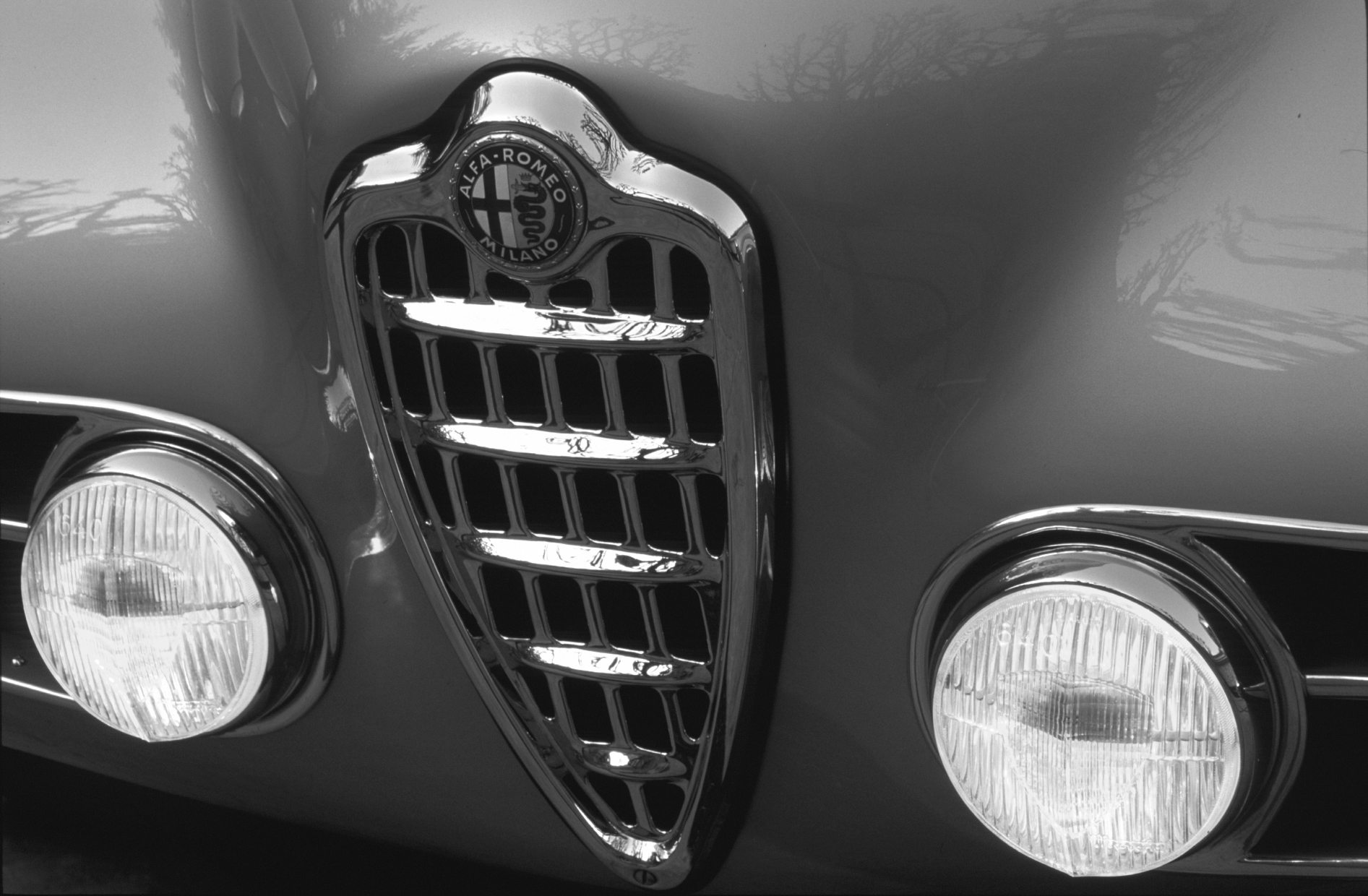
This is not about investments. This is not about money. This is about the open road winding away in the rearview mirror like a swirling black ribbon, the scent of hand-sewn leather, the grip of a hardwood-rimmed steering wheel, and the sensation of horsepower dispensed with equal measures of authority and bravado. This is about old Italian sports cars.
Sporting cars had captivated American, French, German, and British motoring enthusiasts throughout the early 20th century, but they had consumed the Italians. In what was once the soul of Europe’s blossoming automotive culture, driving and racing sports cars became such a national obsession that during the Great Depression the Italian government purchased shares of Alfa Romeo to ensure the company’s solvency! It was a matter of national pride.
The modern interpretation of a sports car, in deference to the large, straight-eight, twelve, and sixteen-cylinder rumble seat roadsters and speedsters of the classic era, can be traced to late 1920’s Italy. Among the most successful and beautiful were those built by Alfa Romeo in a variety of models ranging from simple two-seat spiders to out-and-out race cars, along with a handful of designs that served their owners well on both road and track. One such model, a car that would fit into any collection today, is the spectacular Pininfarina-bodied 6C 2500 Sport and Super Sport.
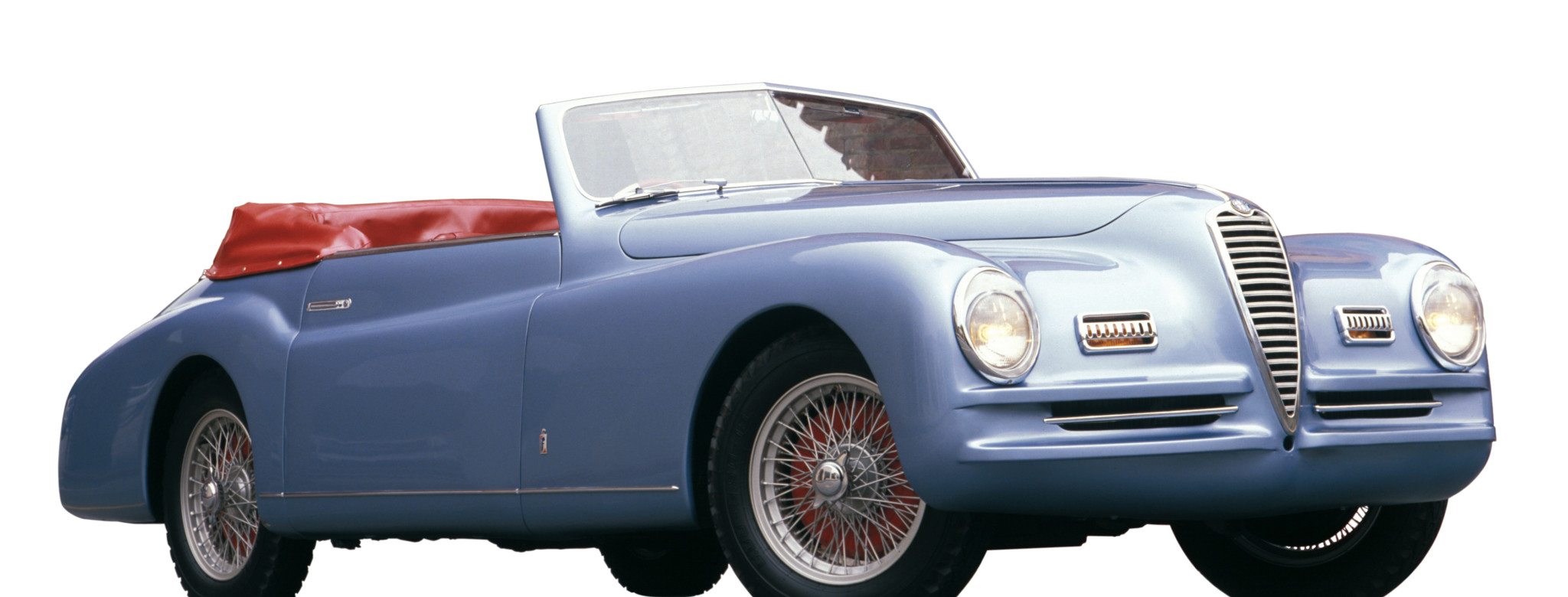
One of the most beautiful cars of the late 1930s, the 6C 2500 was also among the first Italian sports cars to go into production after World War II. The superbly styled coachwork by Battista “Pinin” Farina earned this Alfa Romeo model the dual honors of being one of the last cars recognized by the Classic Car Club of America, and one of the first to be honored by the Milestone Car Society as a postwar collectable. Subtle in its design, most Alfa Romeo 6C 2500s had only minor exterior embellishments, even the bumpers, as on the 1947 example shown, were blended into the body. Ironically, the look most automakers strive for today!
Equipped with a four-wheel, fully independent suspension, and four-wheel hydraulic brakes, the 6C 2500 Sport and Super Sport were powered by a race-proven 2,443cc six-cylinder dual overhead cam engine, with hemispheric combustion chambers. Sport models had a single two-barrel carburetor, 7:1 compression ratio and developed 90 horsepower, while the higher performance Super Sport produced 105 horsepower utilizing three horizontal single-barrel carburetors and a compression of 7.5:1.
The car’s striking shape was actually narrower at the rear than the front, which led to the unusual three-passenger front bench seat and a cozy two-passenger rear seat. Alfa owners had to be well coordinated since the cars were right-hand drive and equipped with a four-speed shifter, mounted on the left side of the steering column!
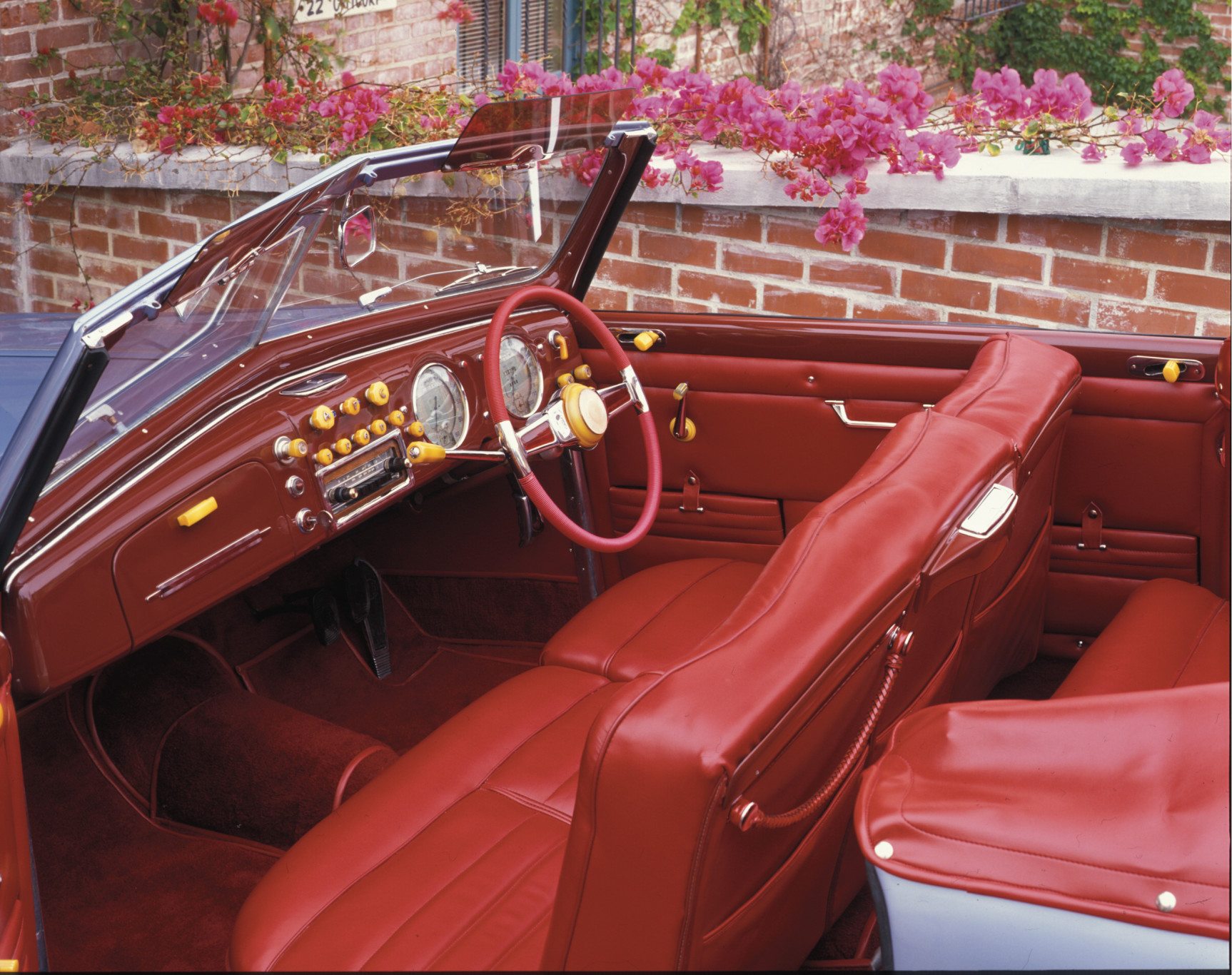
The 6C 2500 interiors were superbly appointed with jewel-like instruments, faux yellow ivory control knobs, and luxuriously upholstered in glove-soft leather. Such fine detail was a hallmark of these last, almost hand-built, Alfa Romeos.
More affordable, then and now, were the popular Alfa Romeo 1900 models of the 1950s. In retrospect, Italian sports cars of the era were rough riding, demanding cars with temperamental engines, carburetors that seemed to go out of adjustment if you looked at them the wrong way, and interiors that were designed for looks more than comfort. The sporty Alfa Romeo 1900 SS was guilty of many of these shortcomings, but was nevertheless irresistible, as only an Italian sports car can be.
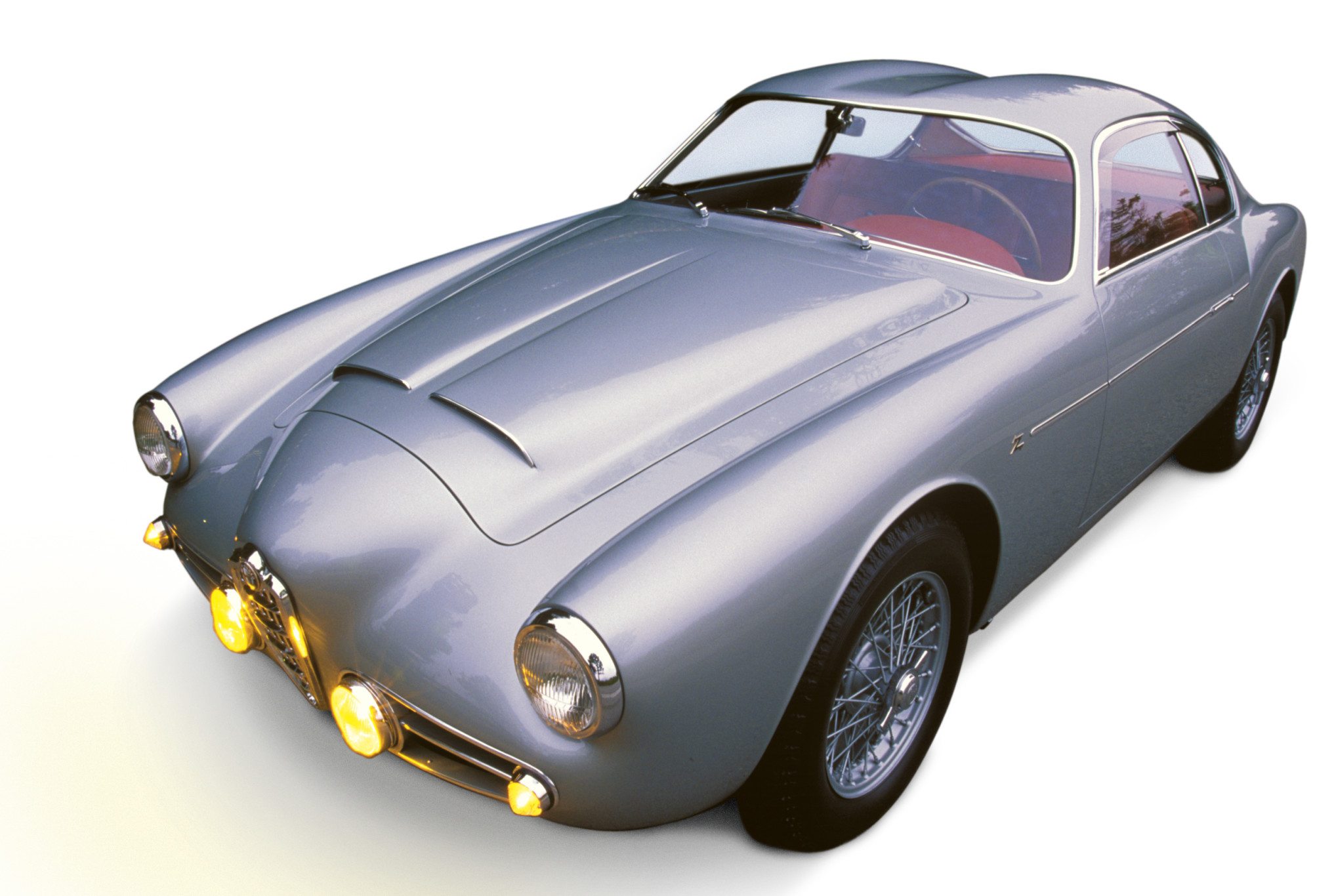
The 1900 was a design devoid of contrivances. One drove it more by sense of feel, sound, and occasionally smell. There were instruments that supplied the numbers, but it was the sound of the engine, the whine of the transmission, and the feel of the road faithfully delivered through the steering that kept the driver in amiable concert with these cars.
Despite their modest prices, all Alfa Romeo 1900 models were exceptionally well-built automobiles. Inside, there was nothing but steel and leather to surround driver and passengers, but that was enough. The graceful sweep of the dashboard and sitting of the instruments was perfect, the leather upholstery flawless. It was an unpretentious interior, done with style and character that needed no embellishment.
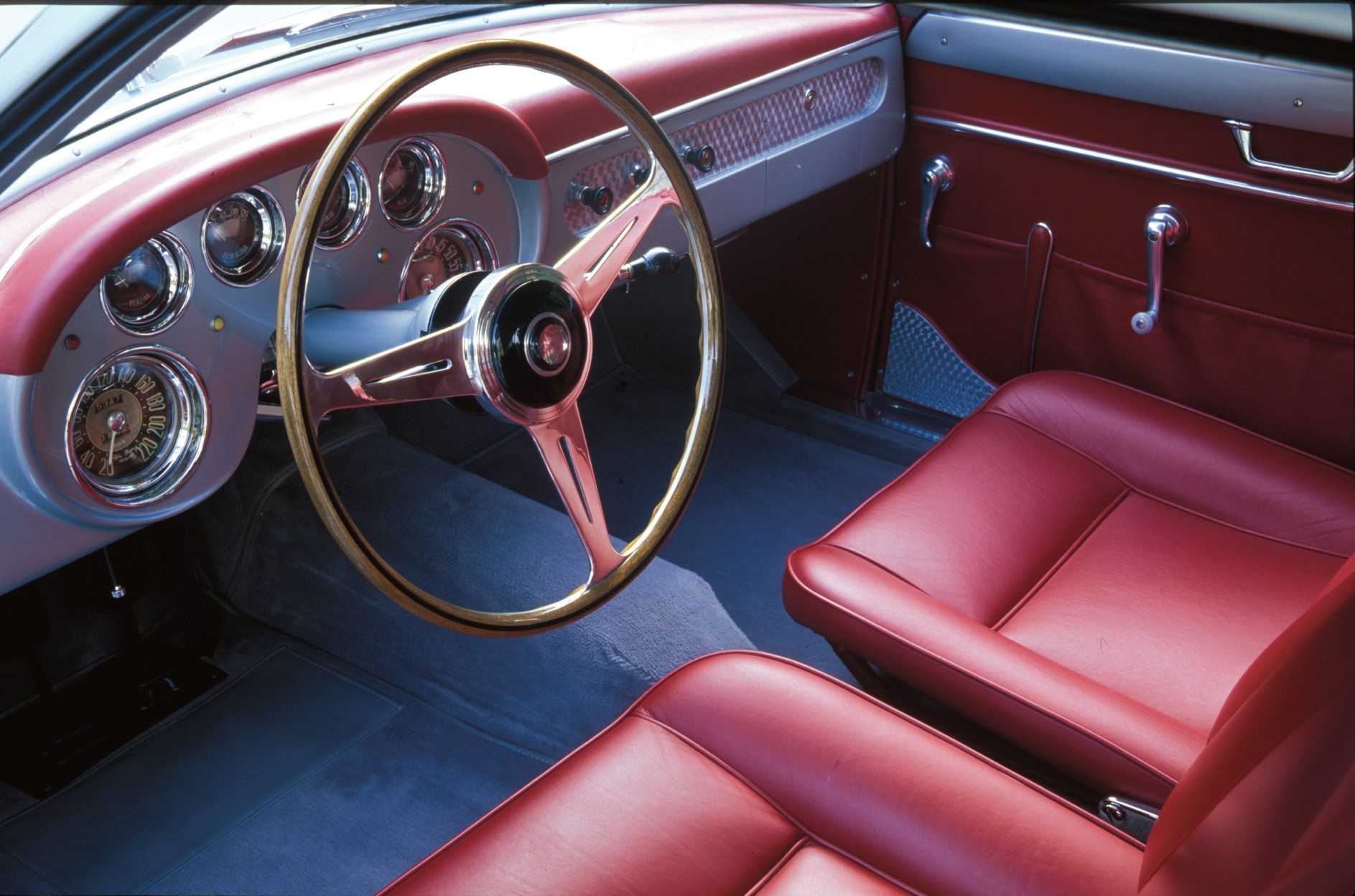
Beneath the graceful coachwork was an engine that looked like it belonged in a race car, not in a model intended to be Alfa’s least expensive postwar offering. The 1900 was powered by a twin-cam, four-cylinder engine that could propel the Alfa down the autostrada at 100mph, and do so all day long. Reason enough that the production sedans became popular with carabinieri and cabbies, as well as amateur racers throughout Italy.
After nearly 30 years of offering virtually hand-built sports and racing cars, the idea of mass-producing an automobile was revolutionary. However, in the early 1950s, few people in Italy, or elsewhere in Europe, were purchasing coachbuilt cars. Alfa needed to manufacture more affordable models in order to survive. The unibody construction 1900 was the perfect solution.
The first 1900 sedan was shown at the Turin Salon on May 4, 1950. Alfa was quick to stress the racing heritage of the new model, but it was obvious that they would need a Grand Turismo coupe to round out the model line. And Alfa rounded it out quite nicely in the 1950s with a variety of sporty coupés and convertibles on the 1900 platform, including a handful of coachbuilt examples such as the 1956 Zagato Double Bubble Coupe pictured.
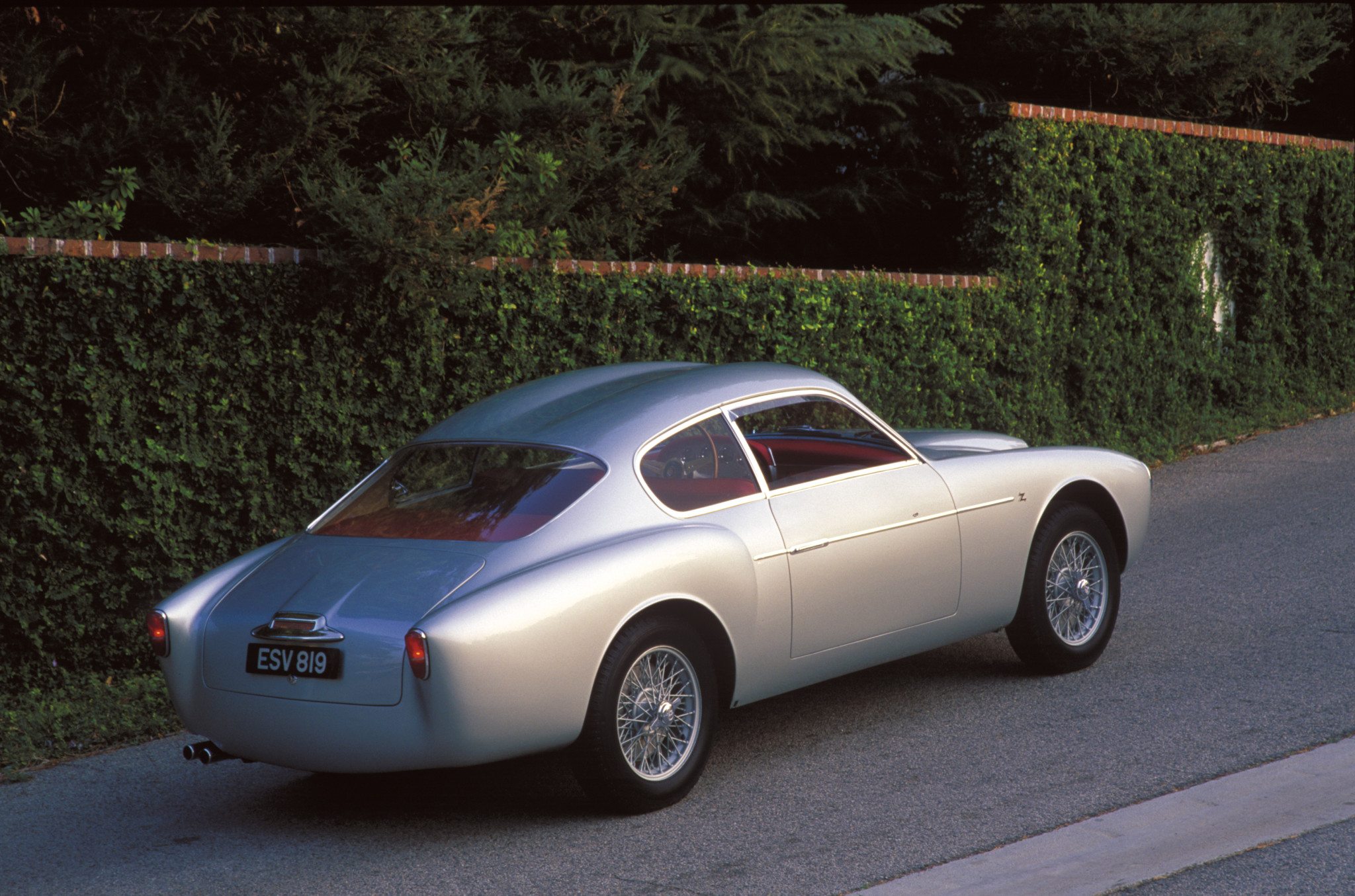
Of the carrozziere catering to Alfa Romeo in the postwar era—principally Touring, Pininfarina, Zagato and Ghia—Zagato was by far the most exotic in its design approach. Zagato-bodied cars had somewhat sportier interior appointments, intended for buyers who would use their Alfa as both road and race car. Of the varied designs, the 1956 Zagato double bubble coupé was the most exquisite, albeit limited to just two examples out of 30 similar cars bodied for Alfa Romeo on the 1900 platform. The 1900 SS pictured, owned by David Sydorick, has the standard, and befuddling 5-speed synchromesh, column-mounted gearbox, 1,975cc, 115-horsepower engine, and lusso, (luxury) interior appointments.
The curvaceous Zagato body with its unique low-nose front, elegant curved windows, and flush mounted door handles, was the result of extensive aerodynamic research combined with a certain degree of original styling. The double bubble roof was but one element in the car’s extraordinary, chameleon-like form. From the rear there were traces of early Aston Martin DB models, in profile, the Ferrari 212 Berlinetta, head on, undeniably Alfa Romeo, yet from above something altogether different. Zagato bodied cars were favored by many of Europe’s most prominent racing stables, and Zagato coupés were raced with some success in Italy during the late 1950s.

There is one more Alfa that should belong in your stable of Italian bred sports cars, a reminder of just how old “modern” sports cars really are, the 1928-1929 6C 1500 Sport Zagato Spider. A mere 171 were built with Spider, Torpedo, or Berlinetta coachwork. These were ideal sports and race cars. Late models, such as the 1928 Zagato-bodied Spider shown, were equipped with the 1,487cc dohc, inline six-cylinder engine. Earlier examples in the 6C 1500 series had been fitted with sohc engines.
With a top speed of 77mph, the small, sporty Alfa 6C 1500 Spiders proved highly competitive in the late 1920s, and although the 1750 series of the 1930s is more desirable, the 6C 1500 is one of the great classic sports cars of all time.
It would be all but impossible to have a representative collection of Italian sports cars without at least one Ferrari. Most of the early twelve-cylinder road cars were little more than mildly detuned Competizione models built on the 212 and 166 chassis, and given to all of the same handling and ride characteristics of a race car. Beautiful, powerful cars, yes, but highly impractical. Then in the early 1960s Ferrari burst upon the motoring scene with one spectacular road car after another. Arriving in the wake of the 1962 Le Mans winning 250 GTO came the 250 GT Berlinetta Lusso, a model that would forever glorify the Italian sports car in America.
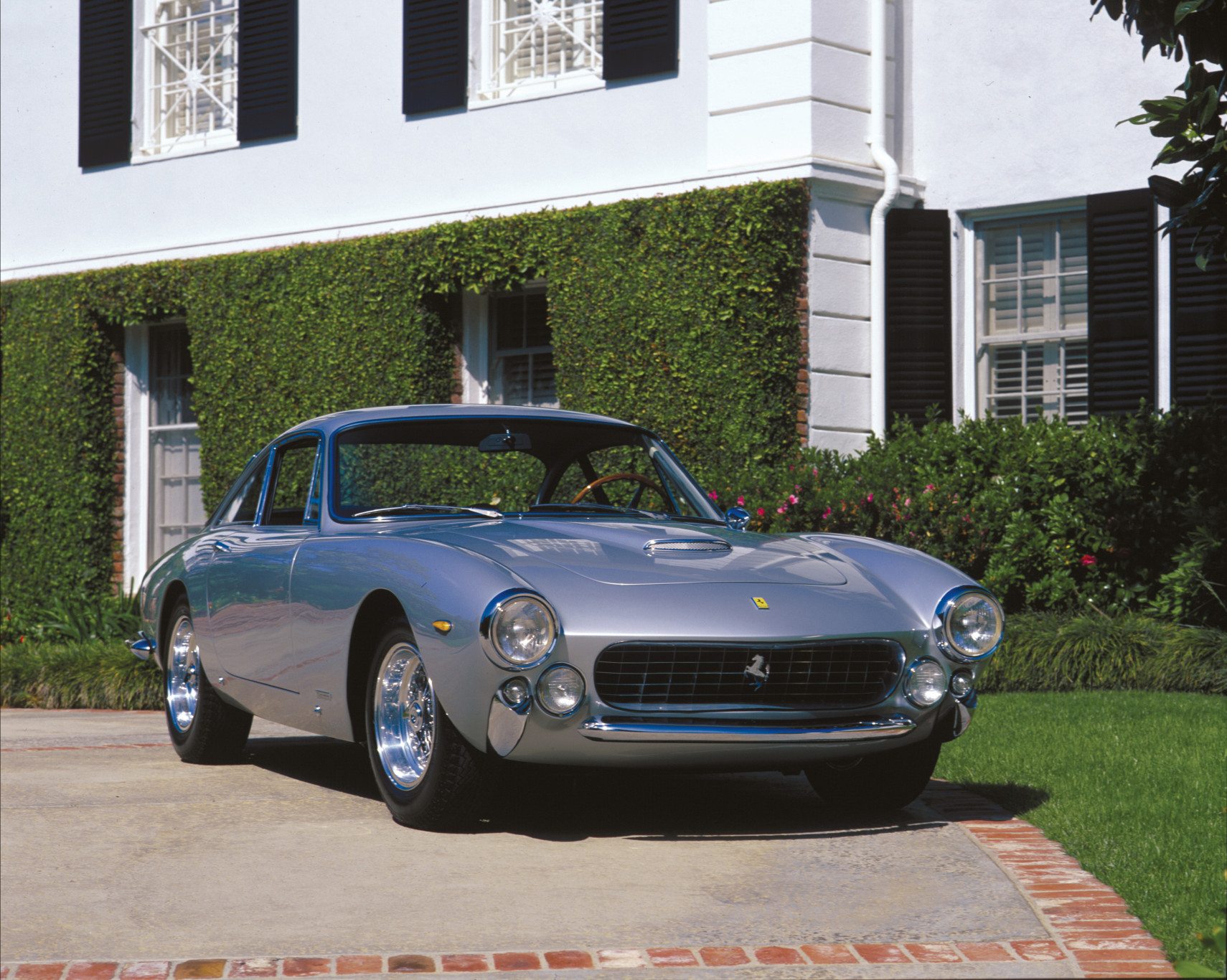
Throughout the 1960s there were several benchmark models for Ferrari, but for sheer style and performance, nothing equaled the Lusso, a breathtaking automobile that pioneered the aerodynamic vogue of the 1960s. With the Lusso, designer Sergio Pininfarina (by now the family name had become one word) and his staff delivered the first contemporary Ferrari road car. The body was a continuous series of gracefully curving lines that continued from the front fenders to the upturned rear spoiler. Although distinctively different from any previous Ferrari, the Lusso actually capitalized on many of those earlier designs. The forward-projected headlamps integrated into the fenders were straight off the Series I Pininfarina Cabriolet. Even the bumper design drew its influence from the bumperettes of the early 250 GT Cabriolets. Where the Lusso departed from past styling trends was in the rear-fender treatment, which began at the windshield post and continued rearward through the tops of the doors until it met with the edge of the GTO-inspired decklid—the only flat surface on the entire car.
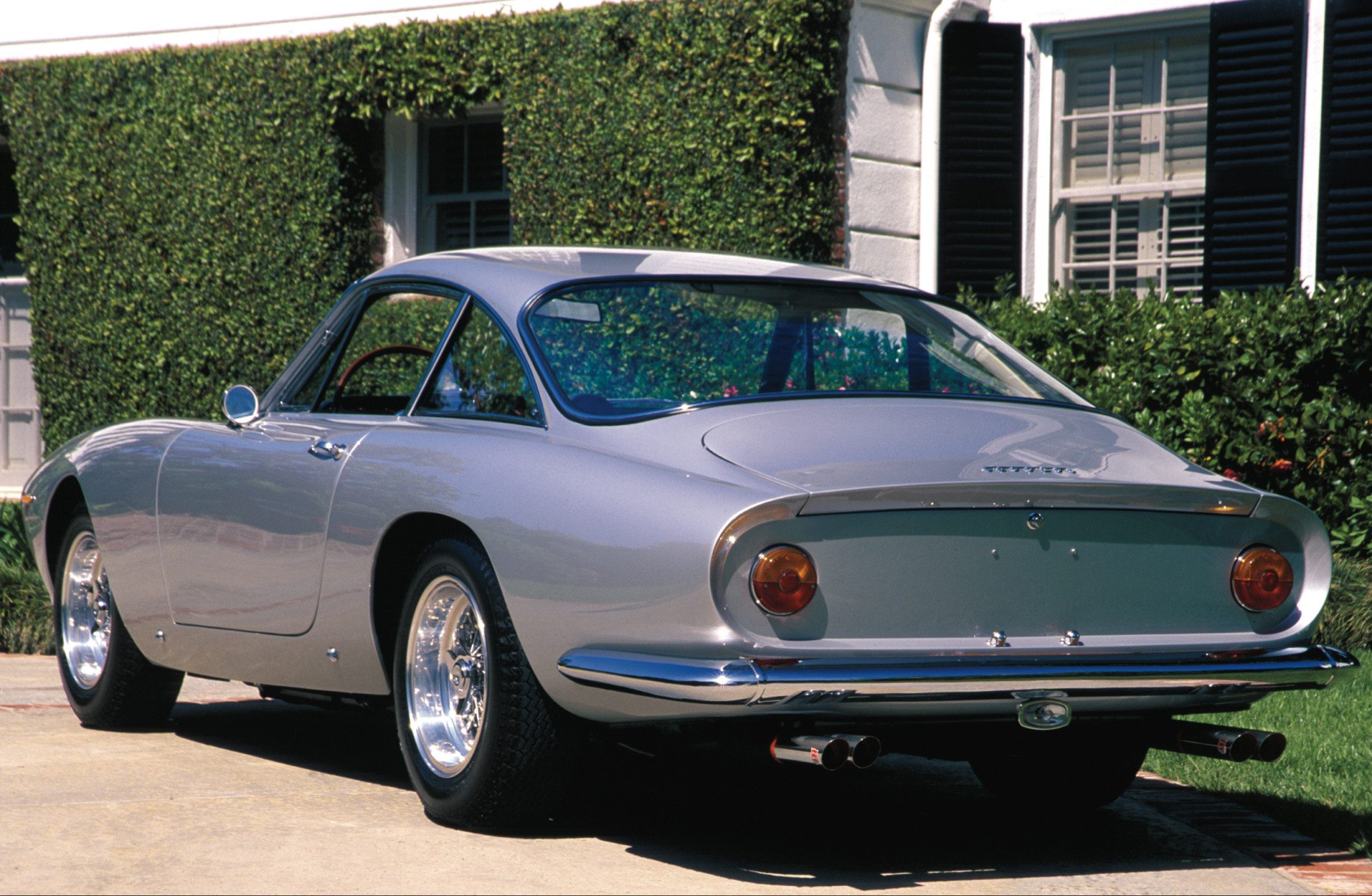
One could think of the Lusso as a 250 GTO that had been civilized, a wild animal inexplicably domesticated but still spirited. With a top speed of 150mph, the Lusso was the fastest touring car of its day. It was also the most luxurious and uniquely designed, with the speedometer and primary instruments housed in two immense pods positioned in the center of the dashboard, between the driver and the passenger.
Production of this model totaled 350 cars from October 1962, when it debuted at the Paris Auto Show, until the last 250 GT Berlinetta Lusso drove away from the Maranello factory in 1964.
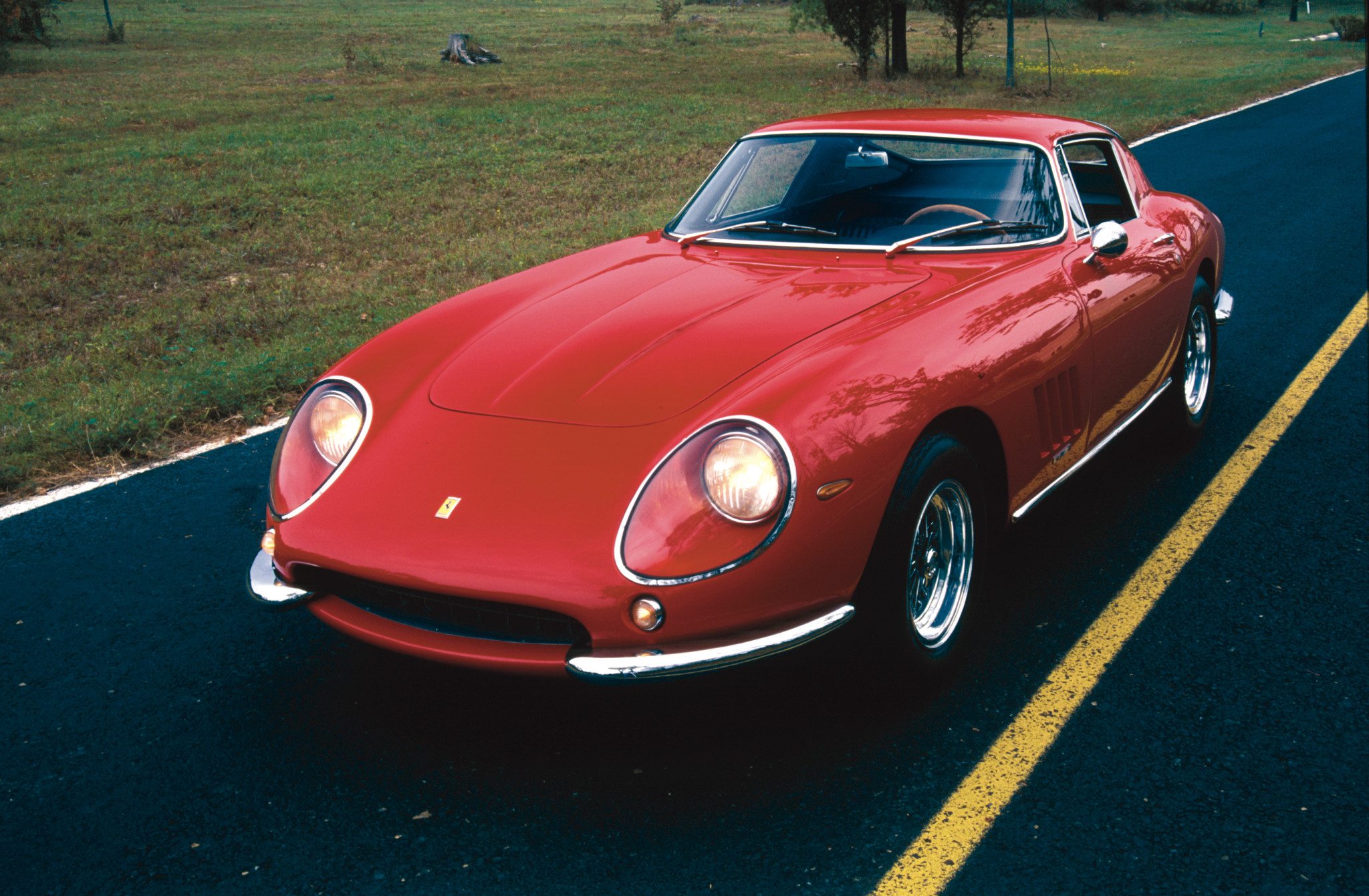
Throughout Ferrari’s third decade there was a progressive change in design philosophy, from thinly disguised racers to comfortable and luxurious sports cars. The first of this series was the 1964 275 GTB. Forty years after its introduction, it is still regarded as the quintessential Ferrari—a must for any serious collector. With the 275 GTB, Pininfarina had combined the best elements of the rarefied Ferrari 250 GTO race car and the 250 GT Berlinetta Lusso, creating a body design that has come to be regarded as one of the most beautiful of all time. The new Ferrari featured a long, plunging hood, small, oval radiator intake, covered headlights, pronounced hood bulge, truncated rear, and fastback roofline.
Equipped with the Colombo-designed, 60-degree V12 displacing 3,286 cc and meting out 280 horsepower with triple Weber carburetors, the 275 GTB was the ultimate expression of Ferrari’s ideology: a road car suitable for racing that gave up little, if anything, to purebred competition models. Two years later a four-cam version was introduced, making the new 275 GTB/4 the most powerful competition-oriented road car Ferrari had ever put into the hands of its customers.
The firm’s achievements in building a luxury Gran Turismo reached its zenith for the era with the 330 GTC and GTS models, introduced in 1966. The 330 GTC was a truly modern Ferrari benefiting from three decades of competition experience. It featured four-wheel independent suspension, a five-speed, all-synchromesh transmission, and a 300-horsepower V12 engine. Yet the 330 GTC was closer than any model had come thus far to combining the power of a Ferrari race car with the unadulterated luxury of a Gran Turismo. Ownership of a 330 GTC, though not as thrilling, perhaps, as a 275 GTB, proved more rewarding to both driver and passenger in ways earlier Ferrari models never considered.
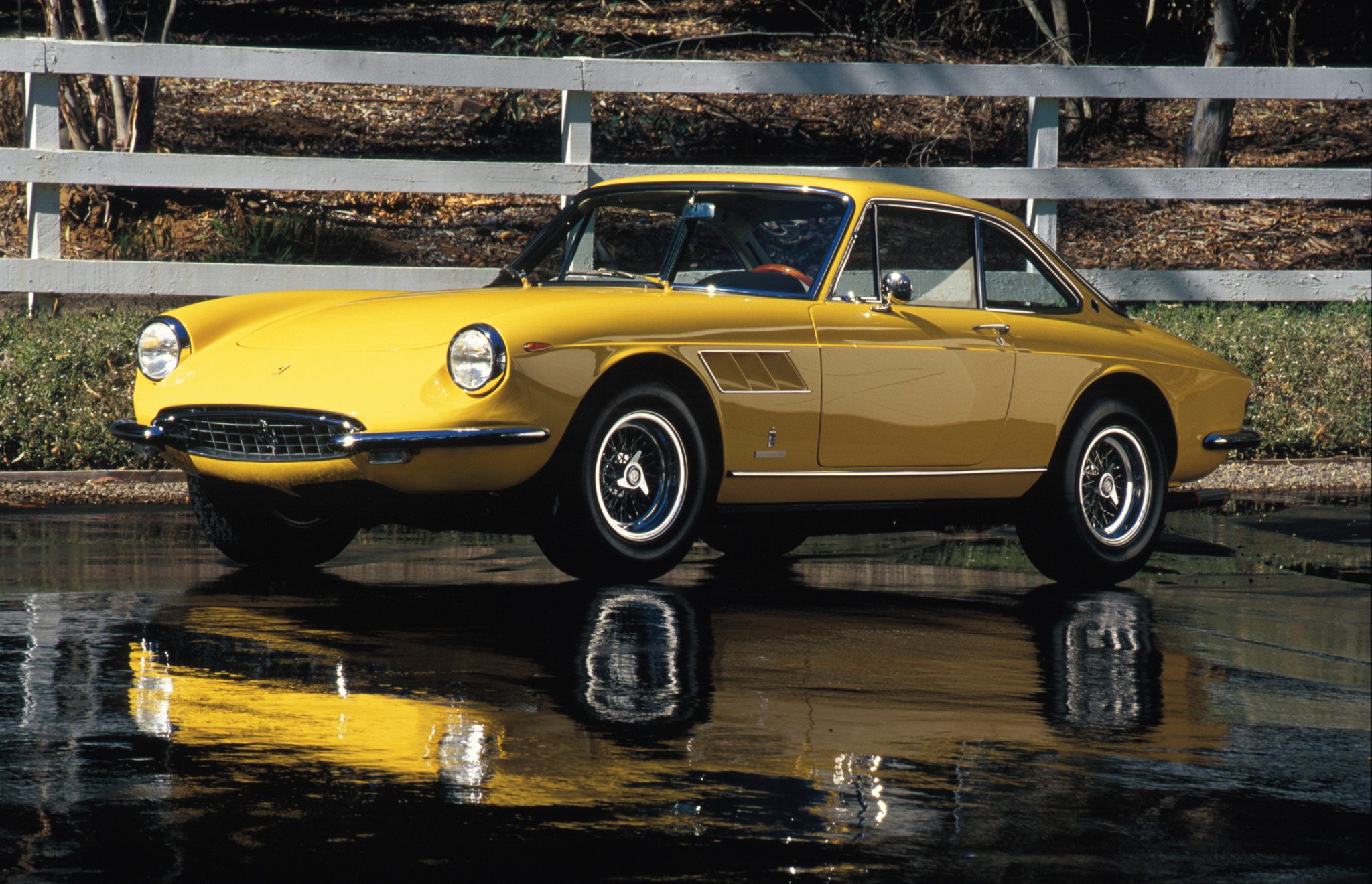
At the same time the cars of Maranello were earning high praise from the world’s motoring press, another Italian sports car was also turning heads, the Lamborghini Miura. A Miura is as essential to any collection of Italian sports cars as a Ferrari or Alfa Romeo. Certainly not as sophisticated as either of the others but so stunning in its design that most of the car’s shortcomings can be overlooked.
Powered by a four-liter, 370-horsepower, twelve-cylinder engine (later increased to 385 horsepower in the 1971-72 SV), coupled to a five-speed gearbox, the Miura was an incredibly fast car. There were actually three versions, the P400, P400S, P400SV, and one factory-built Miura spyder.
A little more than a year after the P400 was introduced Lamborghini debuted the improved Miura S at the 50th Turin Motor Show. The P400S benefited from several improvements, including reshaped combustion chambers, four Weber 40IDL-3L carburetors, higher lift cams and improved breathing to increase horsepower and torque. A new rerouted exhaust system allowed for a modest increase in luggage room at the rear. Power windows and optional air conditioning were also available for the first time on the P400S, giving the car its only concession to conveniences.
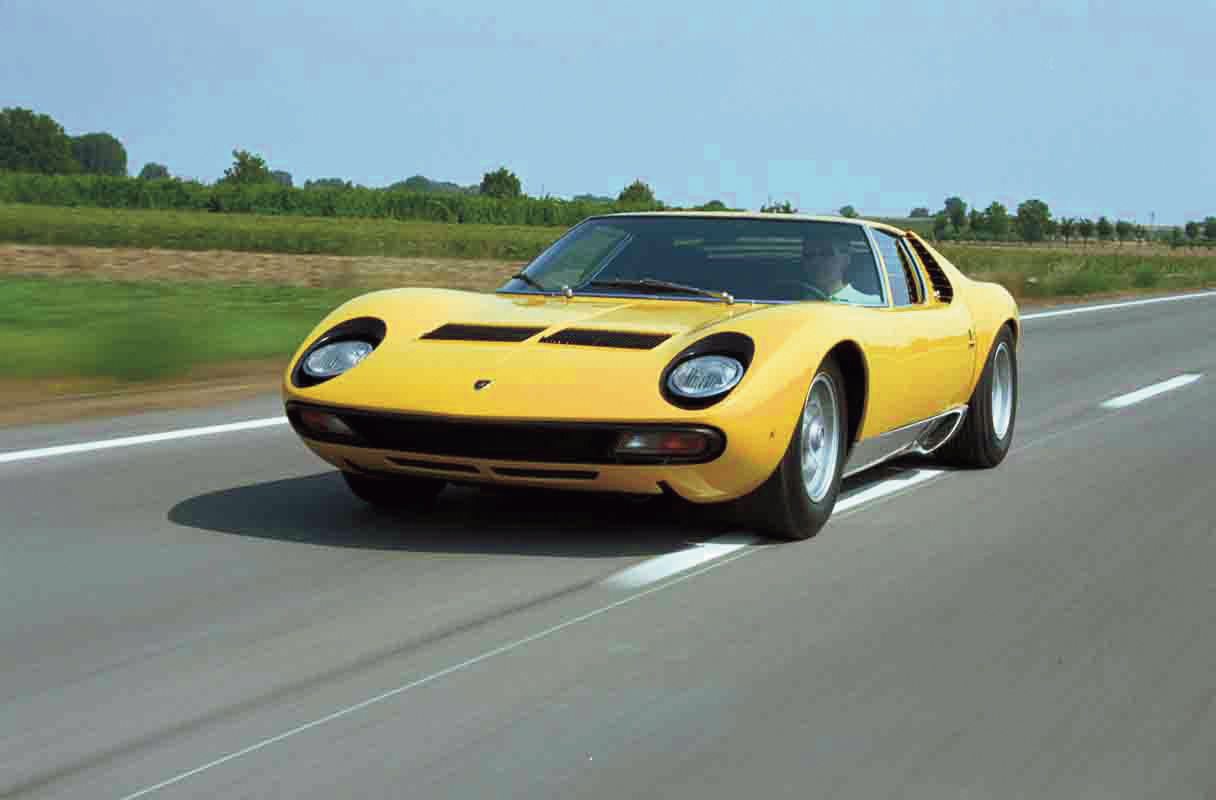
The Miura SV was the last version produced. Shown at the Geneva show in March 1971, the most significant change on the SV was that the oil supplies to the crankcase and transmission were finally separated, allowing for proper lubricants to be used and limiting contaminants in either. This also allowed for the installation of a new ZF limited-slip differential. The engine was further improved with different cam timing, larger valves and altered carburetors. Output increased to 385 horsepower at 7,850rpm. More power consumed more fuel, so the SV models were offered with an optional 110-liter (28.6 gal.) fuel tank. One minor exterior change was the elimination of the “eyelashes” surrounding the headlights. The SV models also benefited from new 9-inch wheels and Pirelli Cinturato FR70VR-15 tires, resulting in slightly wider rear fenders. A total of 150 Miura P400SV models were produced and many earlier P400s were updated to SV specs. By the end of Miura production, 763 cars had been built in all series, and 11 rebuilt or run through the production line a second time. The Miura may not have been the best Italian sports car ever built, but it is undoubtedly one of the most beautiful.
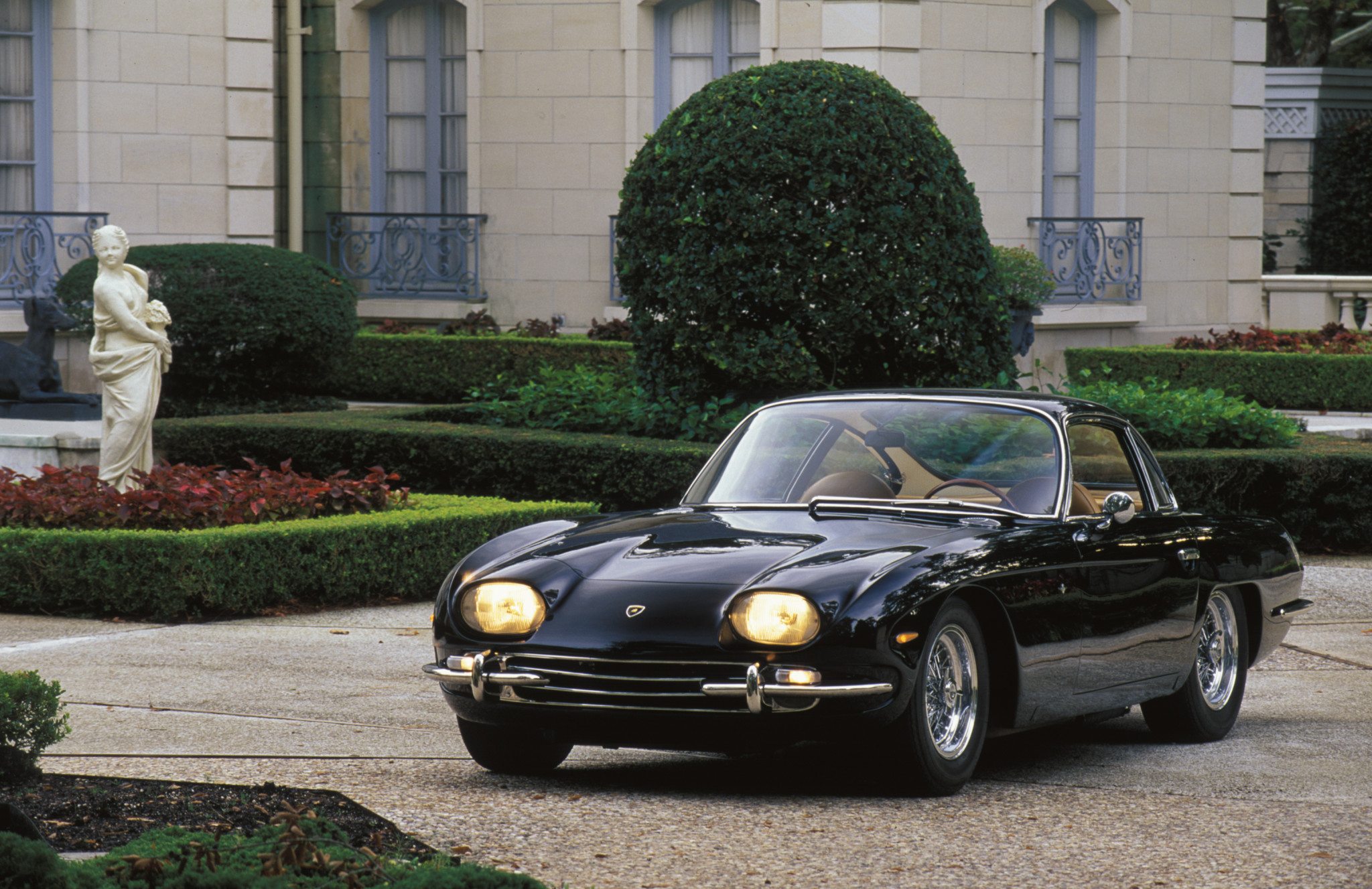
There are two other early Lamborghini models that should be a part of a well-rounded Italian sports car collection. One is an obvious choice, the 350 GT. Introduced at the Geneva Motor Show in March 1964, this was the second model built by Lamborghini, the quick successor to the short-lived 350 GTV. In 1964 the 350 GT was an immediate challenger to Ferrari’s domination of the high-performance Italian sports car market. Powered by a 270-horsepower, 60-degree V12 coupled to a ZF 5-speed all-synchromesh transmission, and beautifully designed and bodied by Carrozzeria Touring, the 350 GT is another example where the sheer power of exceptional styling excuses any mechanical faults. Interestingly, the 350 GT had few and several advantages over a comparable Ferrari, not the least of which was a lower price. Too few were built, however, and rarity has made them an expensive acquisition today. Only 143 were produced.
It takes a leap of faith to put car number nine in the garage. The Lamborghini Espada is not universally proclaimed as a styling triumph. It is a 2+2, and like many sports cars burdened with a second pair of seats, there are styling compromises. With its low roofline, glass fastback and very long hood, the Espada looks a little squatty but beneath that hood is a four-liter V12 dispensing 326 horsepower. Those who appreciate the styling, luxurious interior amenities, and sporty handling think it is beautiful.
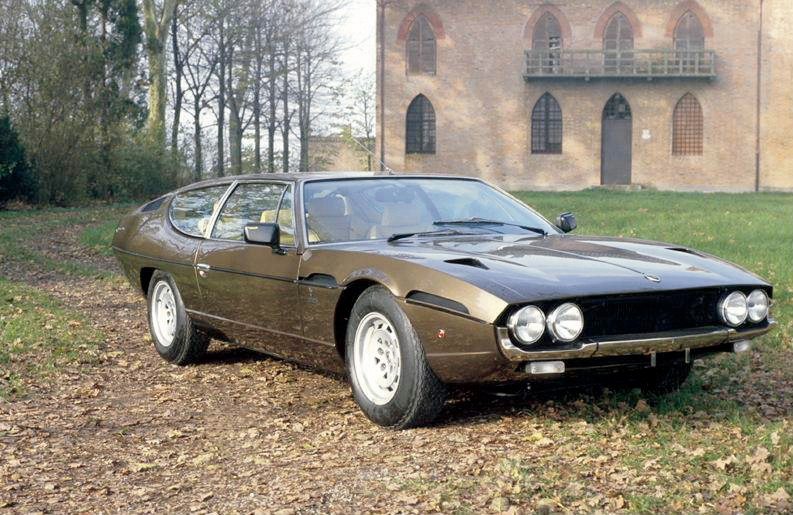
The Maserati Ghibli Spyder is number 10 and another must have sports car for serious enthusiasts of Italian marques. When it first appeared in 1969 the Ghibli was without question one of the most aggressive-looking sports car designs ever created. It still is. Born into a family of championship racing and road cars, the Ghibli Spyder remained in production until 1972, when the 125th car was completed.
There were two engine versions, the 4700 with an actual displacement of 4,719 cc, and the 4900 Ghibli SS Spyder with a 4,930cc engine. While the bodies for these two cars were identical, their spirit, in the form of engine performance, was not. The Ghibli models were powered by a V8 engine with four dual-throated Weber DCNL carburetors, which in the 4700 series delivered 340 horsepower at 5,500 rpm. The 4900 Ghibli SS unleashed 355 horsepower. Fewer than 50 Ghibli SS Spyders were produced.
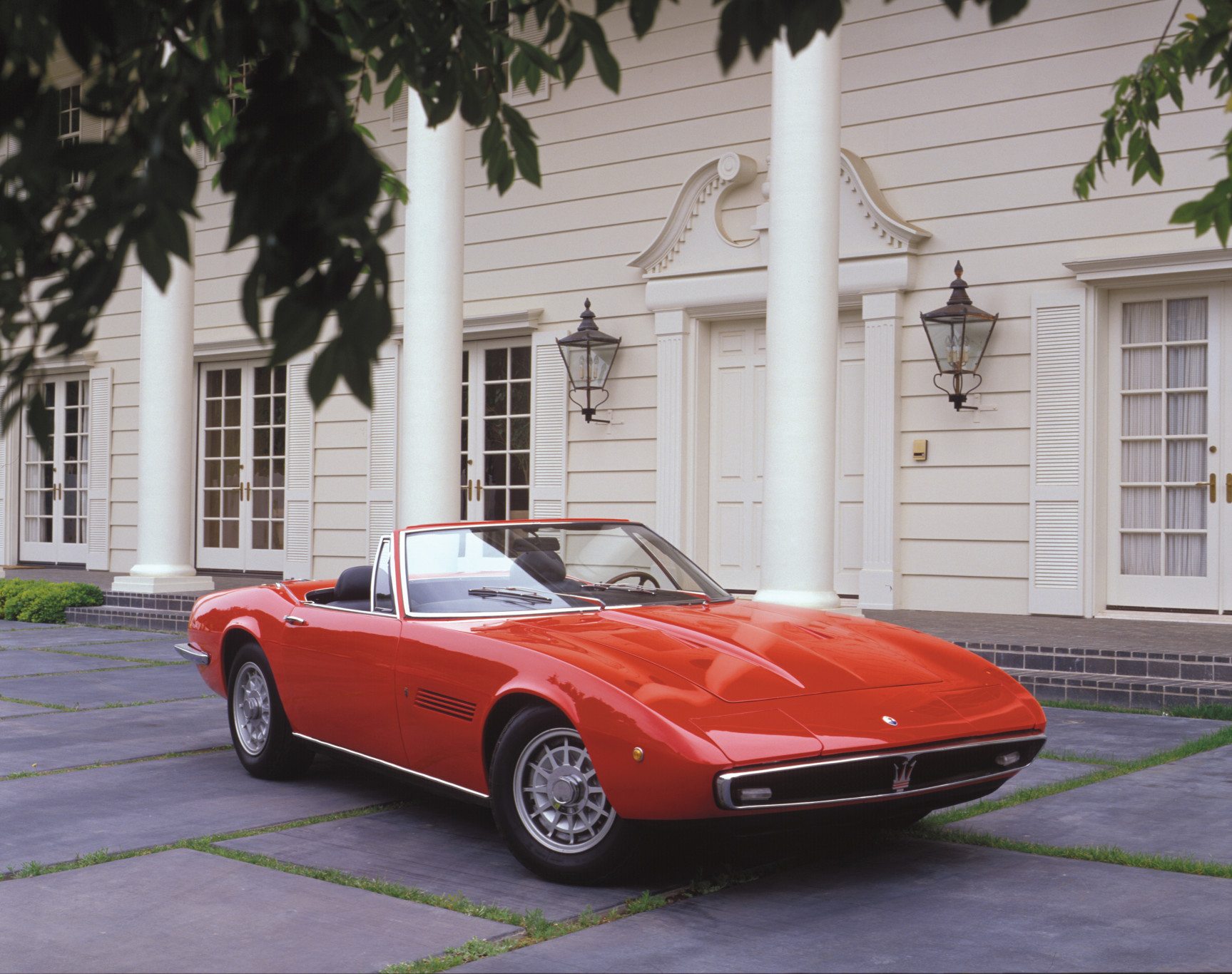
The passing of the Maserati Ghibli in 1972 signified the last time that styling and performance would be equals for many years to come. With fuel shortages, rising insurance coasts, and stringent government regulations in the United States, the largest single market, an era in the history of the Italian sports car had come to an end. Arrivederci!
There are many new Italian sports car that easily surpass the performance, quality and handling of these legendary models, but there is something that modern styling, computerized engineering and assembly cannot duplicate: The imaginative styling that came from the legendary Italian carrozziera, and bodies drawn on paper and hand-hammered out of steel and aluminum, the quirky handling and mechanical minimalism of even the most expensive Ferrari, and above all, the feeling that only a handcrafted car can convey. No matter what its faults, an old Maserati, Lamborghini, Alfa, or Ferrari was something very special. They can’t build that into a new car today.
by Dennis Adler
© Car Collector Magazine, LLC.
(Click for more Car Collector Magazine articles)
Originally appeared in the March 2004 issue
If you have a classic, Italian sports car or another collectible you’d like to insure with us, let us show you how we are more than just another collector vehicle insurance company. We want to protect your passion! Click below for an online quote, or give us a call at 800.678.5173.
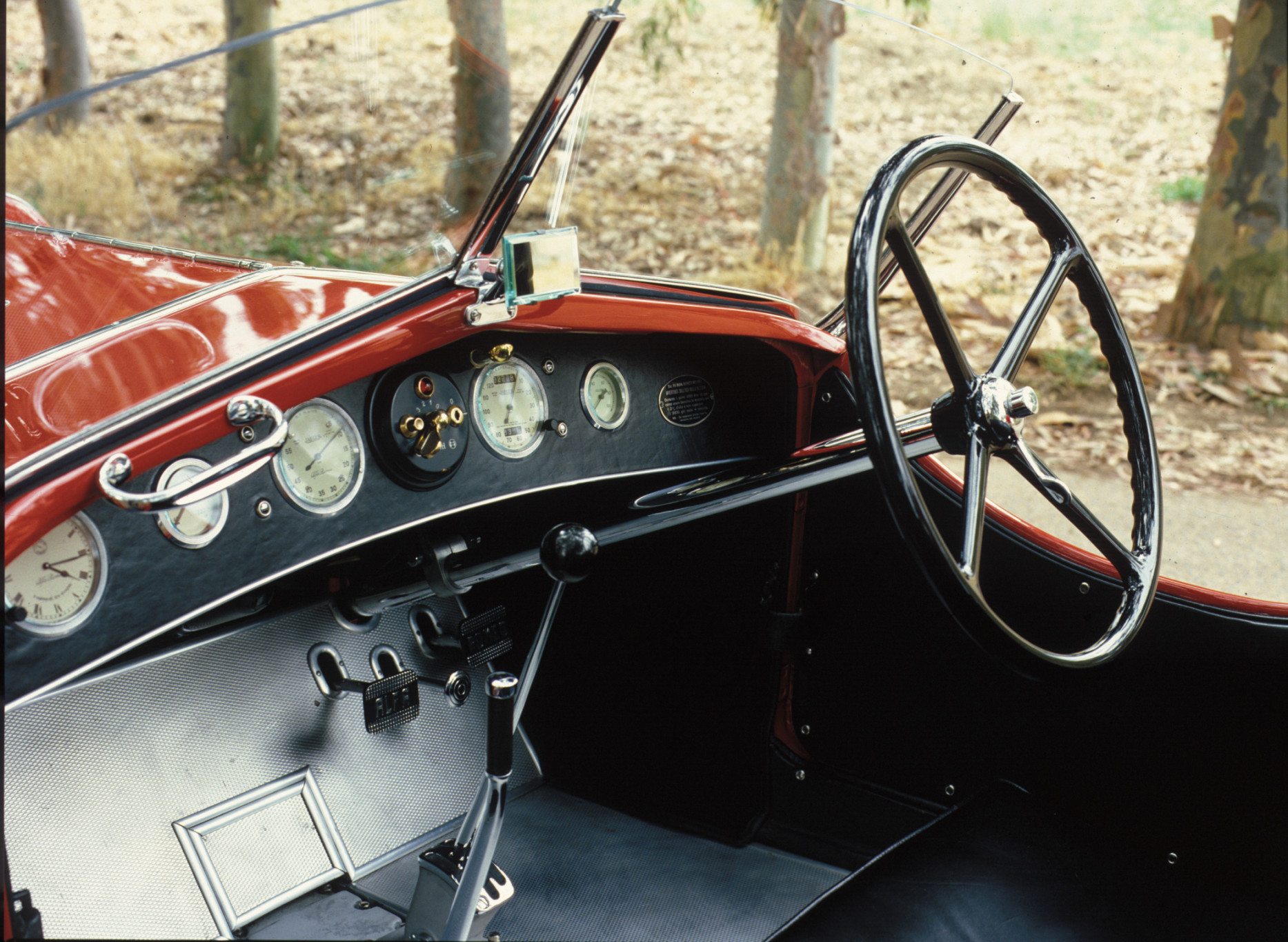
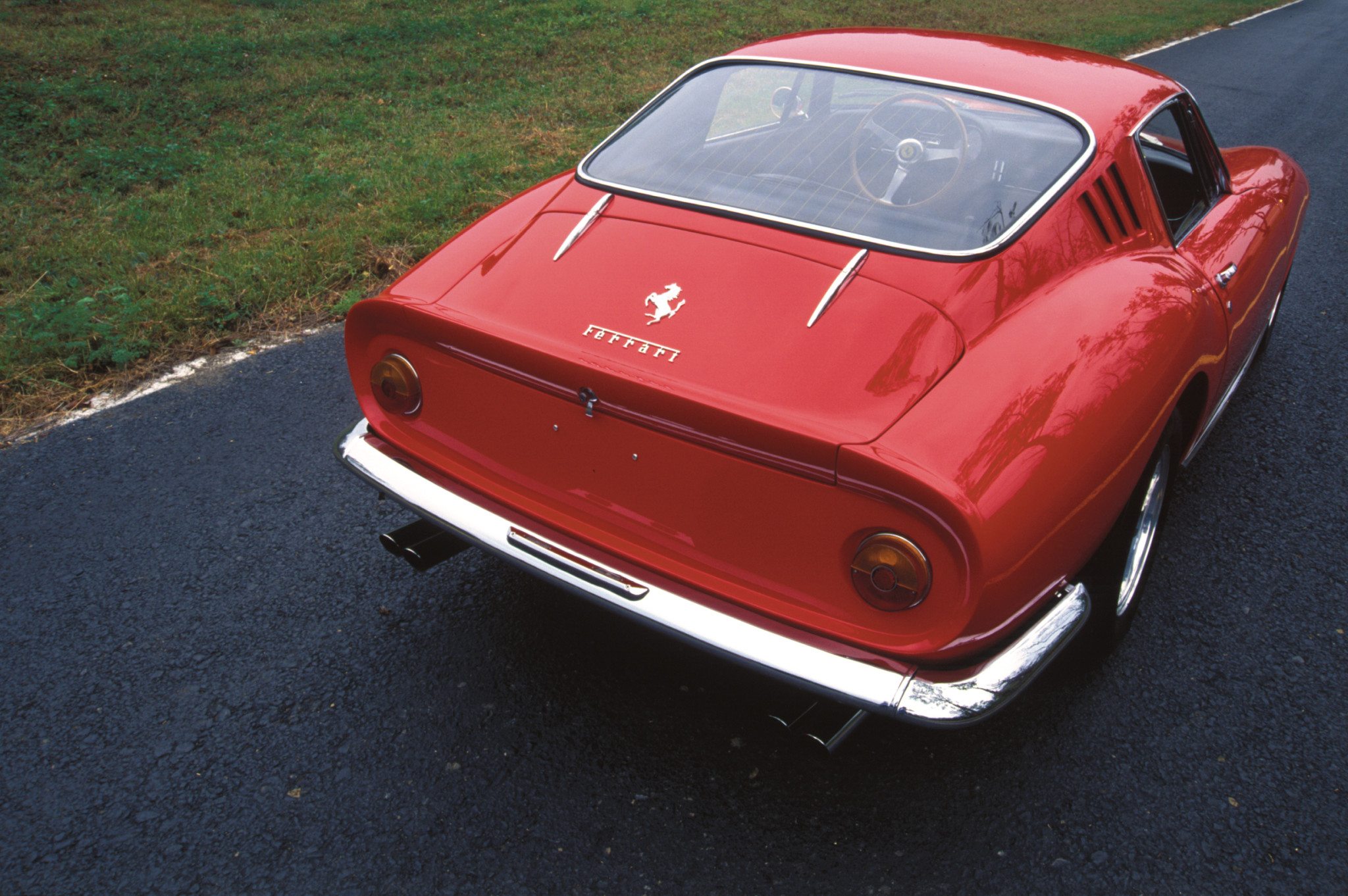


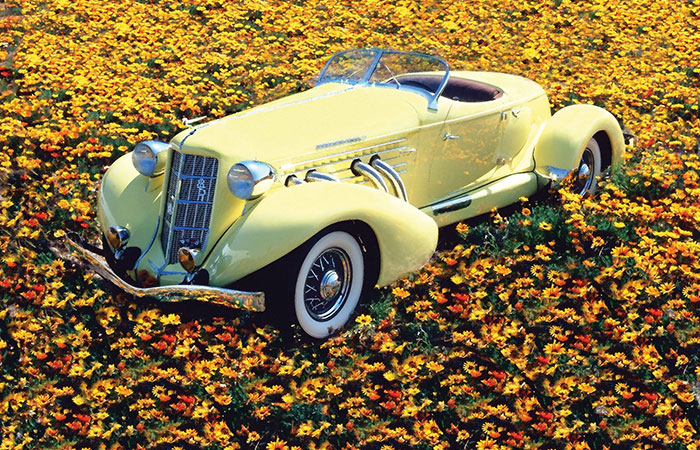
Leave A Comment